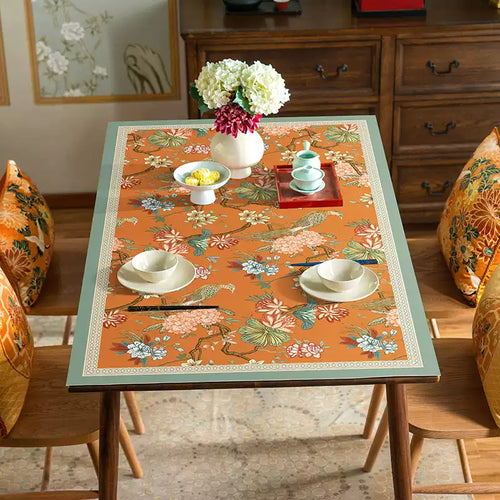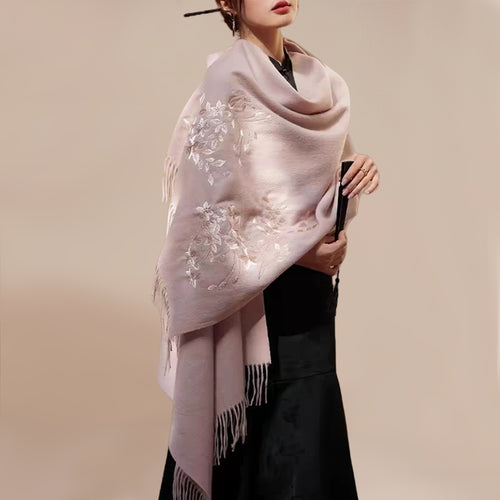Embroidery is a delicate craft that sews silk or cotton threads onto textiles to create exquisite patterns and pictures. This technique has a long history in China and is widely used in traditional clothing, household items and other fields, and has become part of China's intangible cultural heritage. This article will take you to understand the cultural background, technical characteristics and innovative development of Chinese intangible cultural heritage embroidery.

Cultural Background of Chinese Intangible Cultural Heritage Embroidery
As an important part of Chinese traditional culture, embroidery has a long history. Ancient embroidery has exquisite skills, bright colors and exquisite patterns, which reflect ancient people's love for nature and life. The inheritance and development of embroidery skills not only represent the improvement of craftsmanship, but also reflect the development of social culture and economy.
Technical Characteristics of Chinese Intangible Cultural Heritage Embroidery
The technical characteristics of Chinese intangible cultural heritage embroidery are mainly reflected in the following aspects:
Diverse stitching methods: There are many types of stitching methods in Chinese intangible cultural heritage embroidery, and each stitching method has its own unique application method and effect. Such as "flat stitch", "seed stitch", "crochet", etc. Each stitch method can sew different patterns and effects.
Exquisite patterns: Chinese intangible cultural heritage embroidery has exquisite patterns and rich content. Common patterns include dragons, phoenixes, peonies, clouds, etc., which imply auspiciousness, wealth and beauty.
Bright colors: The colors used in Chinese intangible cultural heritage embroidery are very rich, and the colors are properly matched, making the embroidery look very bright and eye-catching.
Exquisite skills: The exquisite skills of Chinese intangible cultural heritage embroidery requires craftsmen to have superb skills and exquisite skills.

Innovative Development of Chinese Intangible Cultural Heritage Embroidery
With the development of society and the advancement of technology, Chinese intangible cultural heritage embroidery is also constantly innovating and developing. Some designers and craftsmen use modern technology and design concepts to combine traditional embroidery techniques with modern elements to develop more modern and practical embroidery products. For example, we use more diversified silk threads, beads and other materials in terms of materials, and combine modern fashion trends in pattern design to create works that are more in line with modern people's aesthetics. In addition, some designers have also integrated embroidery skills with other fields, such as clothing, home furnishings, art and other fields, to create more creative and practical products.
As one of the treasures of Chinese traditional culture, Chinese intangible cultural heritage embroidery has extremely high artistic and practical value. In today's society, we should pay more attention to the inheritance and development of traditional culture, combine traditional skills with modern elements, and promote its innovative development. At the same time, we should also strengthen the protection and inheritance of intangible cultural heritage embroidery skills, so that more people can understand and learn this exquisite craftsmanship, and contribute to the inheritance and development of traditional culture.





































